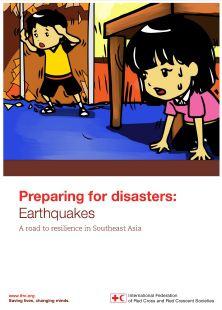House Fire
As more people live closer and closer together, particularly as a result of urbanization, risks associated with fire increase. House fires are predominantly accidental, usually in relation to the use of indoor lamps, stoves or heaters that use an open flame. However, careless use of cigarettes is another leading cause of fires, and fires may […]

